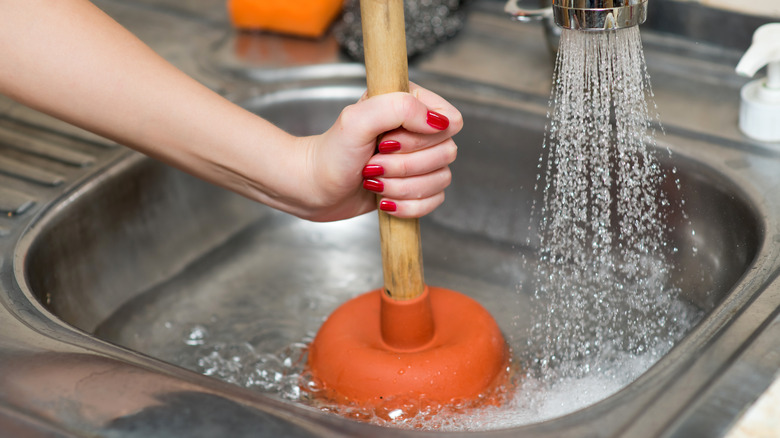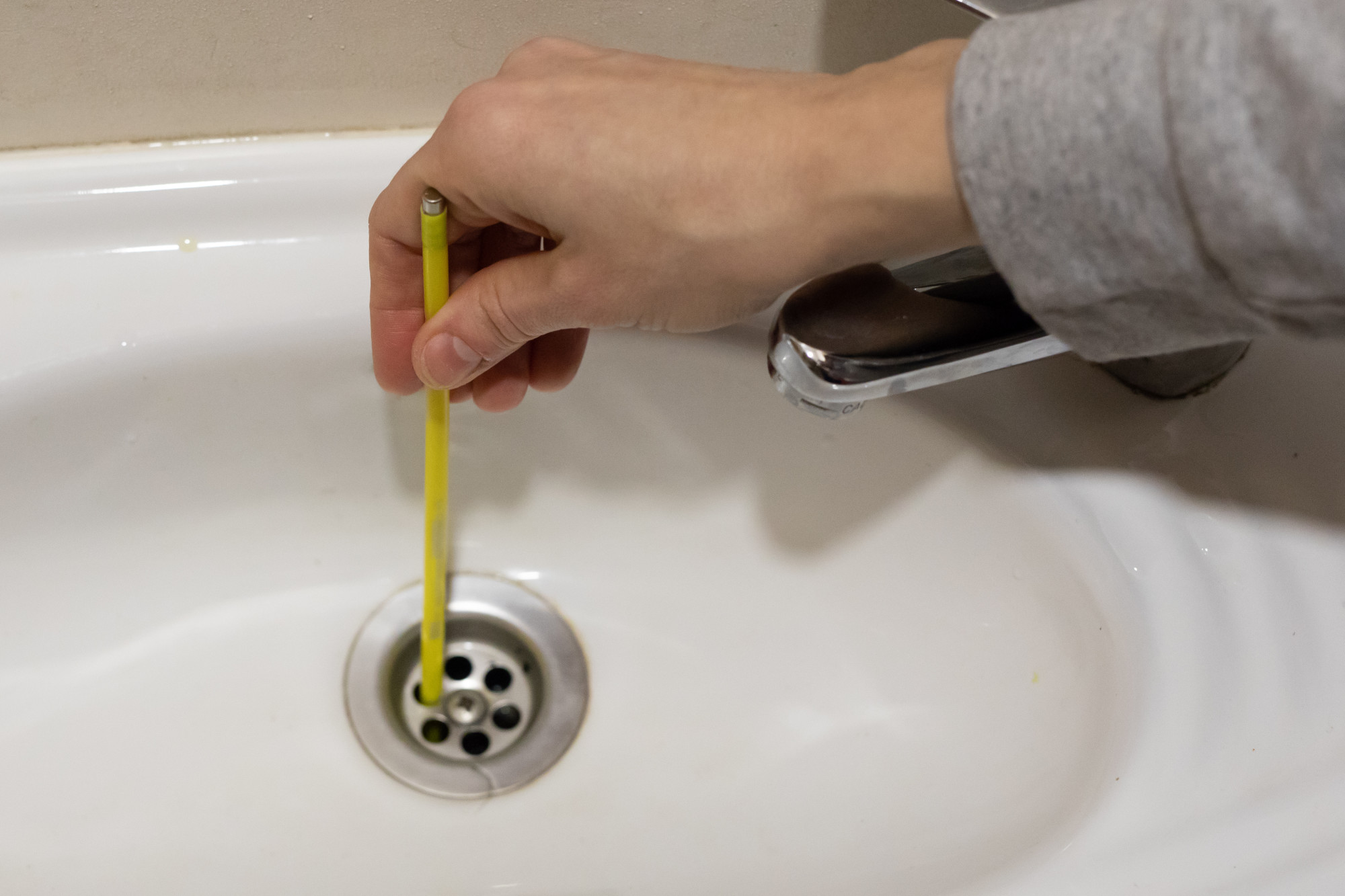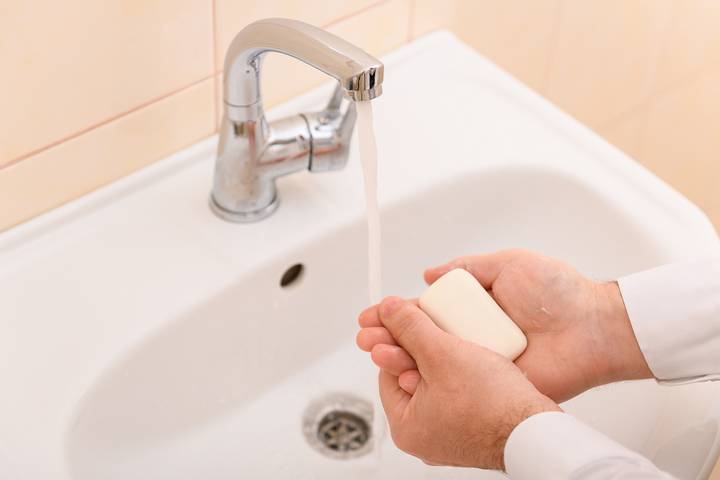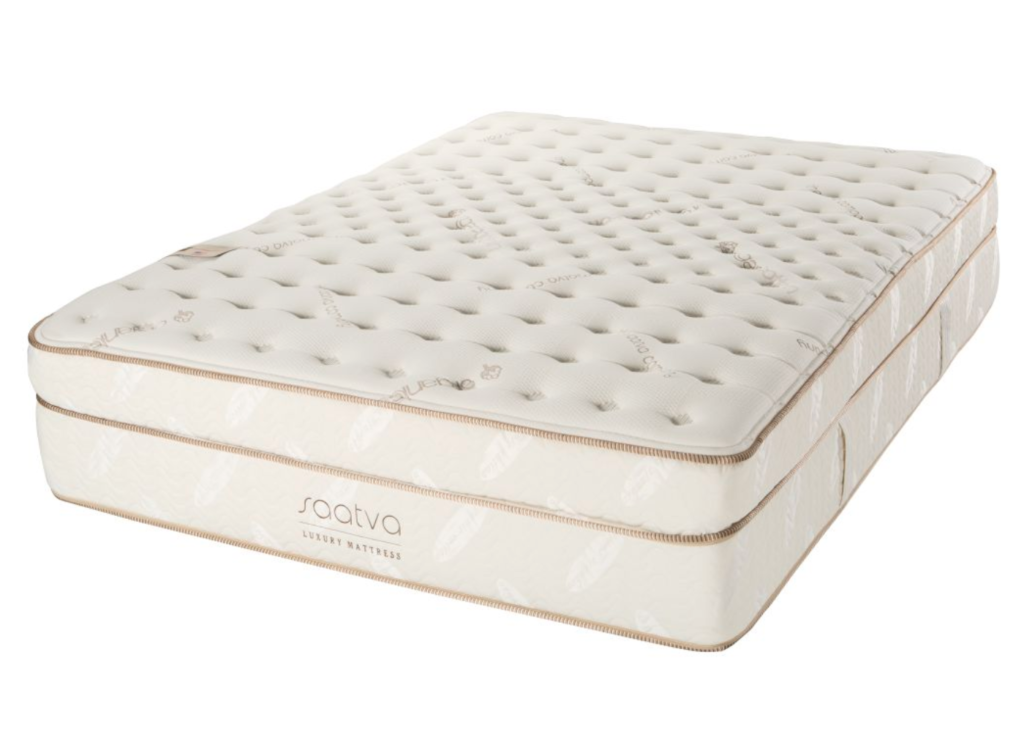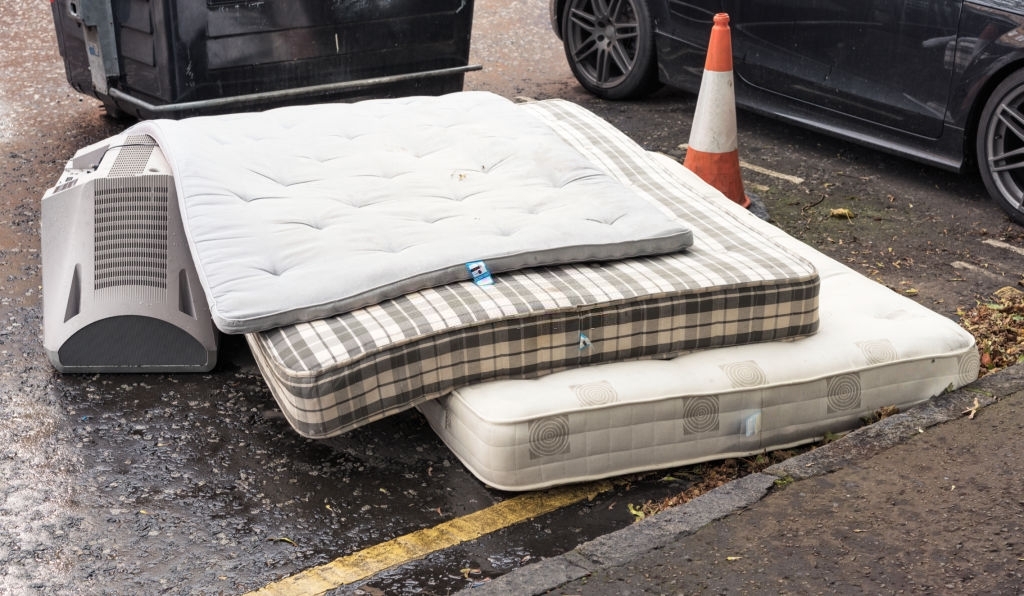How to Use a Plunger on a Bathroom Sink
Dealing with a clogged bathroom sink can be a frustrating and inconvenient experience. But before calling a plumber, try using a plunger to clear the blockage. This simple tool can be highly effective in unclogging a bathroom sink, saving you time and money. Here's a step-by-step guide on how to use a plunger on your bathroom sink.
Unclogging a Bathroom Sink with a Plunger
Before plunging, remove any standing water from the sink. You can use a cup or a bucket to scoop out the water. This will prevent the water from splashing out while plunging. Next, ensure that the plunger is clean and free of any debris.
Step-by-Step Guide for Plunging a Bathroom Sink
Step 1: Position the plunger over the drain, making sure that it covers the entire opening.
Step 2: Slowly push down on the plunger, creating a tight seal around the drain.
Step 3: Pull up on the plunger, creating suction and forcing air and water into the drain.
Step 4: Repeat this motion, pushing and pulling for about 20 seconds.
Step 5: After a few repetitions, quickly pull up on the plunger, breaking the seal and hopefully dislodging the clog.
Step 6: If the clog is still present, repeat the process for a few more minutes.
Step 7: Once the clog is cleared, run some hot water down the drain to ensure it is fully cleared.
Tips for Using a Plunger on a Bathroom Sink
To improve the effectiveness of your plunging, here are some helpful tips:
Common Mistakes When Plunging a Bathroom Sink
While using a plunger may seem like a simple task, there are some common mistakes that people make which can hinder the effectiveness of the tool. These include:
Troubleshooting a Plunger on a Bathroom Sink
If the plunger is not effective in clearing the clog, it could be an indication of a more serious issue such as a blocked drain pipe or a more stubborn clog. In this case, it's best to call a professional plumber for assistance.
Best Plungers for Bathroom Sinks
When it comes to plungers, not all are created equal. For a bathroom sink, a cup plunger or a flange plunger are the most effective options. These have a smaller suction cup that is perfect for fitting over the drain of a sink.
How to Prevent Clogs in a Bathroom Sink
The best way to deal with a clogged bathroom sink is to prevent it from happening in the first place. Here are some tips to help keep your sink clog-free:
Using a Plunger on a Slow-Draining Bathroom Sink
If your bathroom sink is draining slowly, it could be a sign of a partial clog. In this case, using a plunger can still be effective in breaking up the clog and allowing the water to flow freely again. Follow the same steps as you would for a fully clogged sink.
DIY Solutions for a Clogged Bathroom Sink
If a plunger is not available, there are some DIY solutions that may help clear a clogged bathroom sink. These include:
Using a Plunger on Bathroom Sink: How to Properly Clear a Clogged Drain

Having a clogged bathroom sink can be a major inconvenience. Not only does it slow down your daily routine, but it can also lead to unpleasant odors and even potential water damage. Many people immediately think of using a plunger to clear a clogged toilet, but did you know that it can also be used to unclog a bathroom sink? In this article, we will guide you through the steps of using a plunger on your bathroom sink to effectively clear any blockages.
Step 1: Prepare the Sink
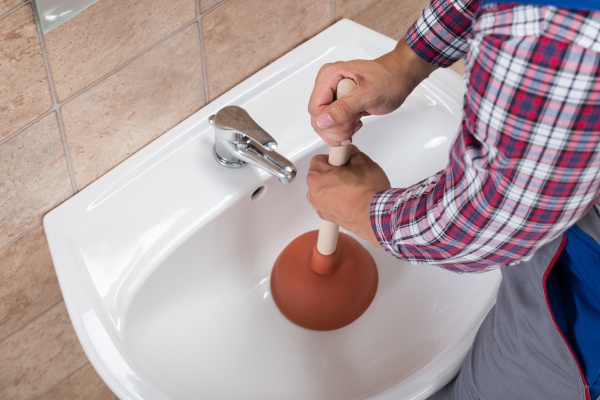
Before you begin plunging, it's important to prepare your sink properly. Start by removing any visible debris or hair from the drain using your fingers or a pair of tweezers. This will prevent any additional clogs and make it easier for the plunger to do its job.
Step 2: Create a Seal
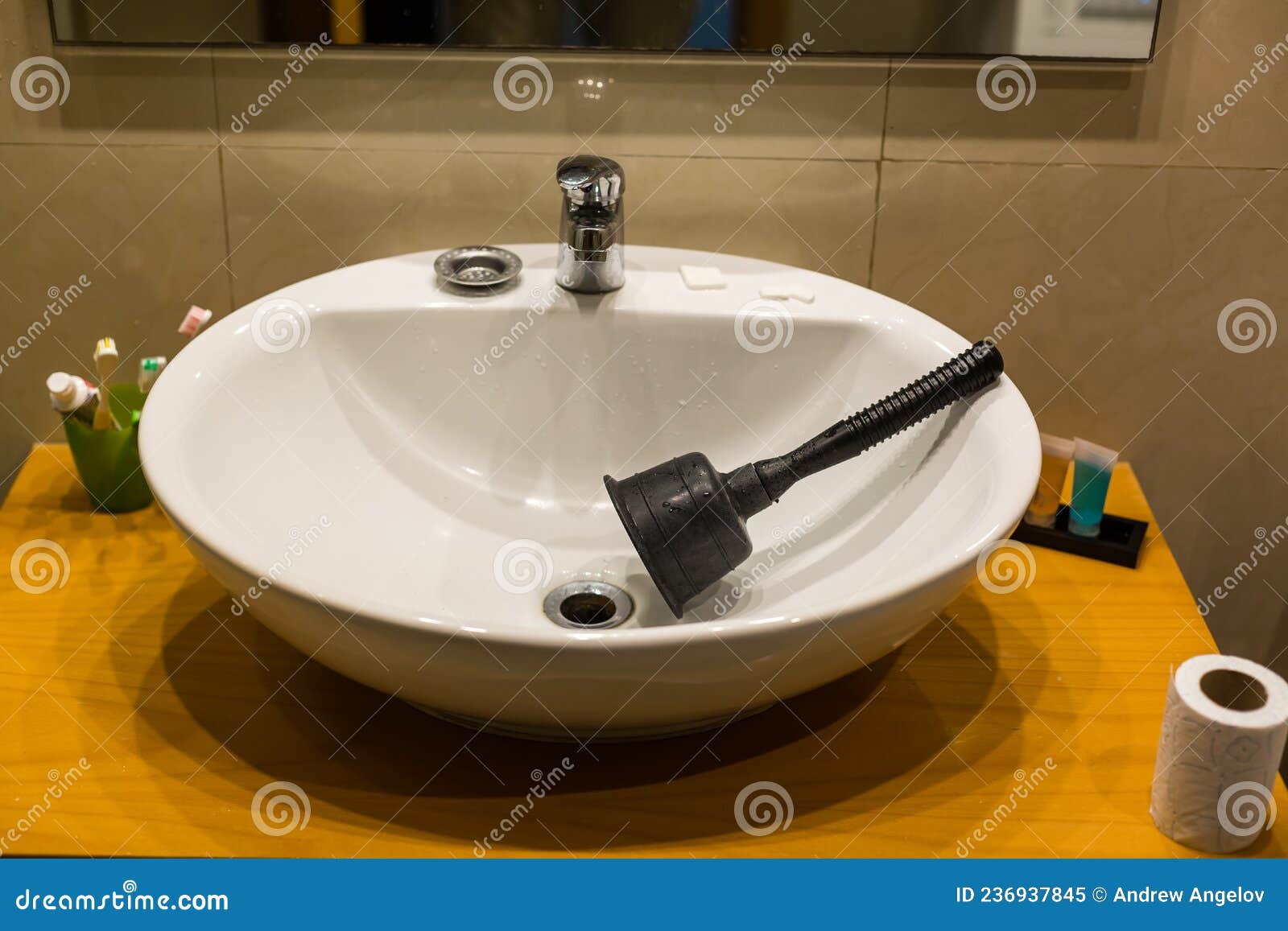
Next, you'll need to create a seal between the plunger and the sink. Fill the sink with enough water to cover the rubber part of the plunger. If you have a double sink, make sure to cover the second drain with a wet cloth or drain stopper to create a seal.
Step 3: Plunge Away
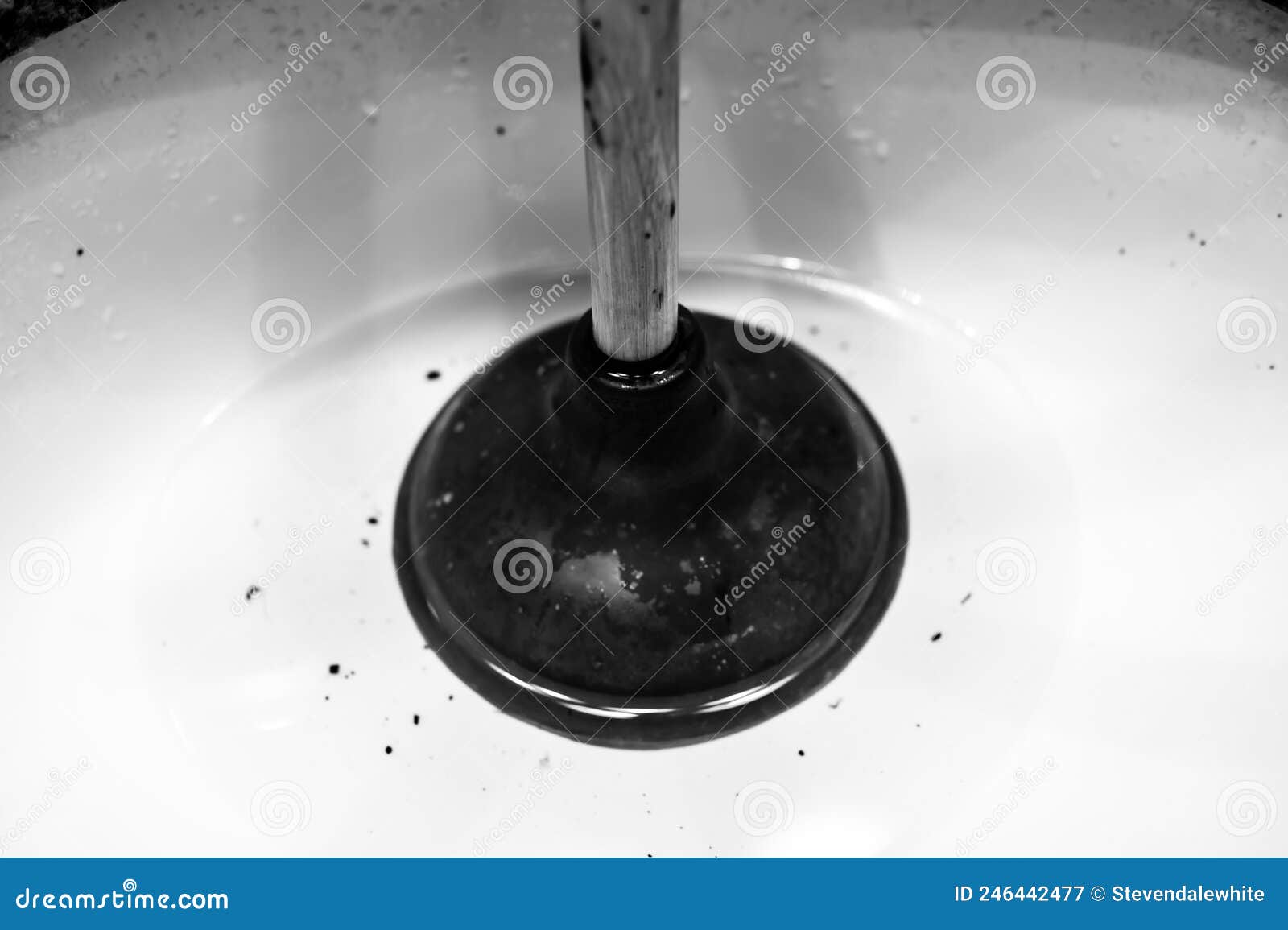
Place the plunger over the drain, making sure it covers the entire opening. Then, using quick and forceful plunges, push and pull the plunger up and down. This will create suction and pressure to dislodge the clog. Be careful not to splash water around or push too hard, as this can cause the water to overflow.
Step 4: Check for Results
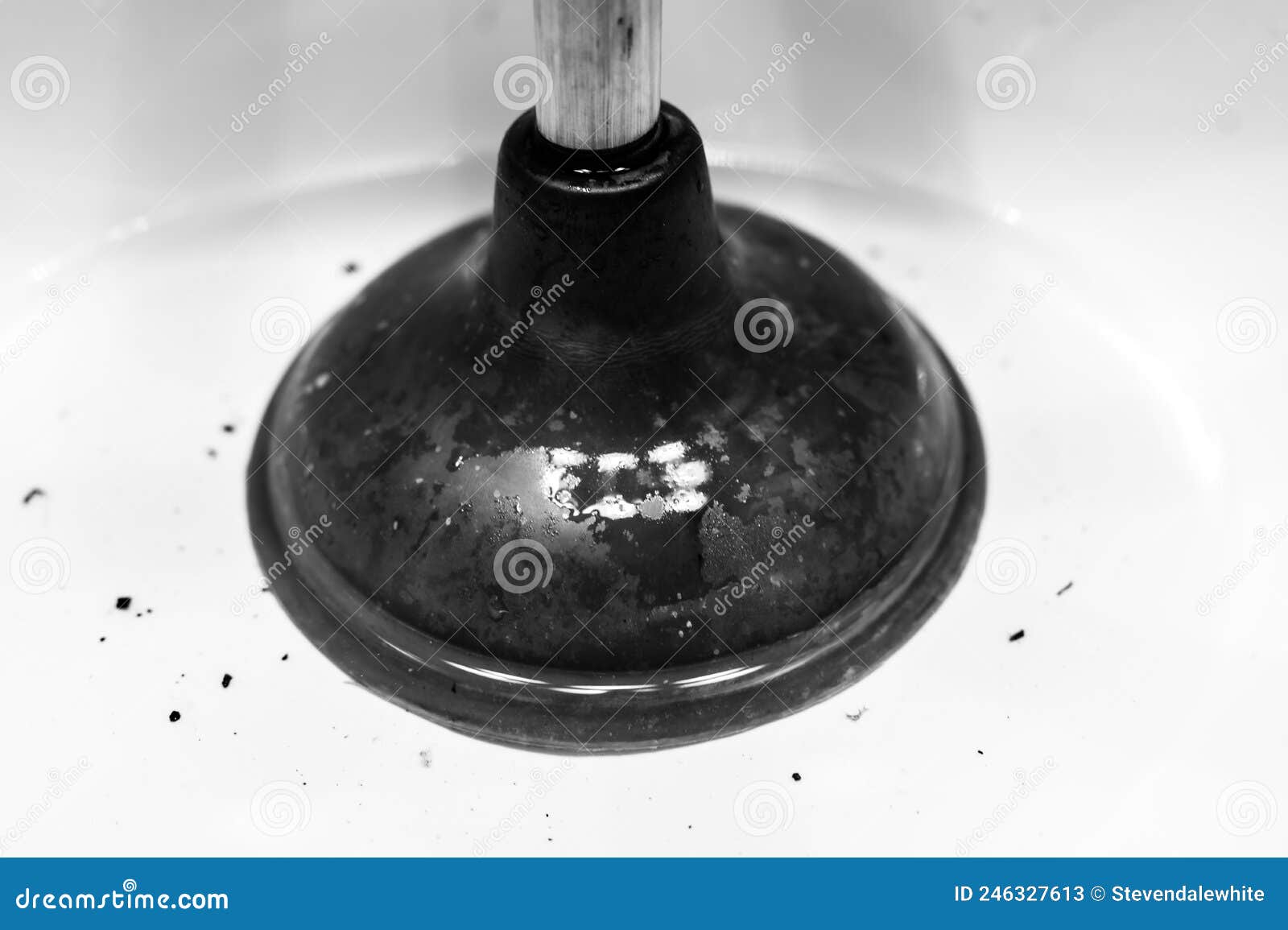
After a few minutes of plunging, remove the plunger and check to see if the water is draining properly. If the water is still not draining, repeat the plunging process a few more times. If the clog is stubborn and still won't budge, you may need to try a different method or seek professional help.
Step 5: Clean Up and Maintenance

Once the clog is cleared, make sure to clean up any excess water and debris from the sink. To prevent future clogs, make sure to regularly clean and maintain your bathroom sink by using a drain cleaner or a homemade mixture of vinegar and baking soda. Also, avoid pouring any grease or oil down the drain, as these can solidify and cause clogs.
Congratulations, you have successfully unclogged your bathroom sink using a plunger! Remember to always use caution and proper technique when using a plunger to prevent any accidents or injuries. If the clog persists, it may be a sign of a larger plumbing issue and you should consult a professional plumber.
By following these simple steps, you can save yourself time and money by effectively using a plunger to clear a clogged bathroom sink. Keep this method in mind the next time you encounter a slow or blocked drain, and you'll have a functioning sink in no time.
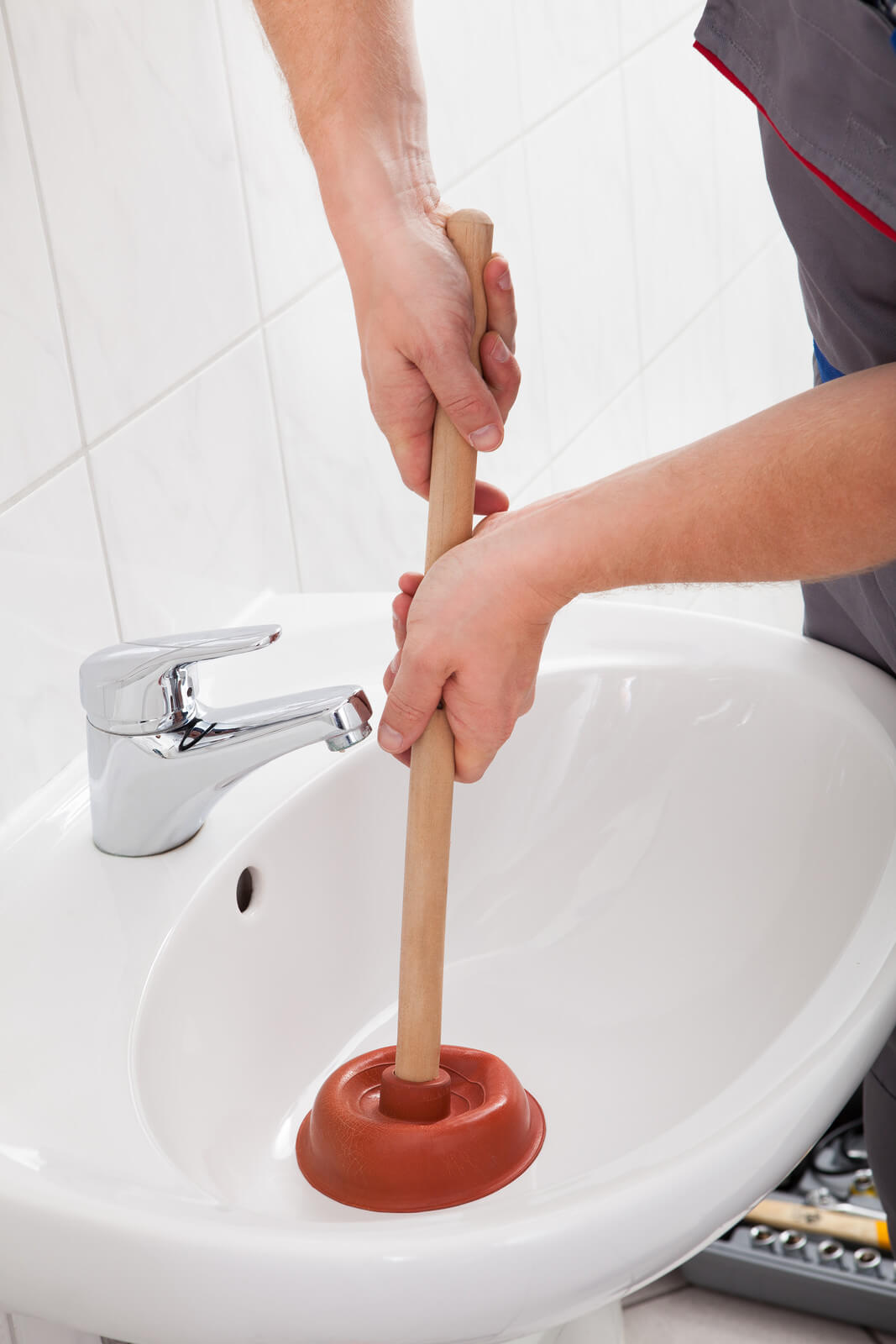

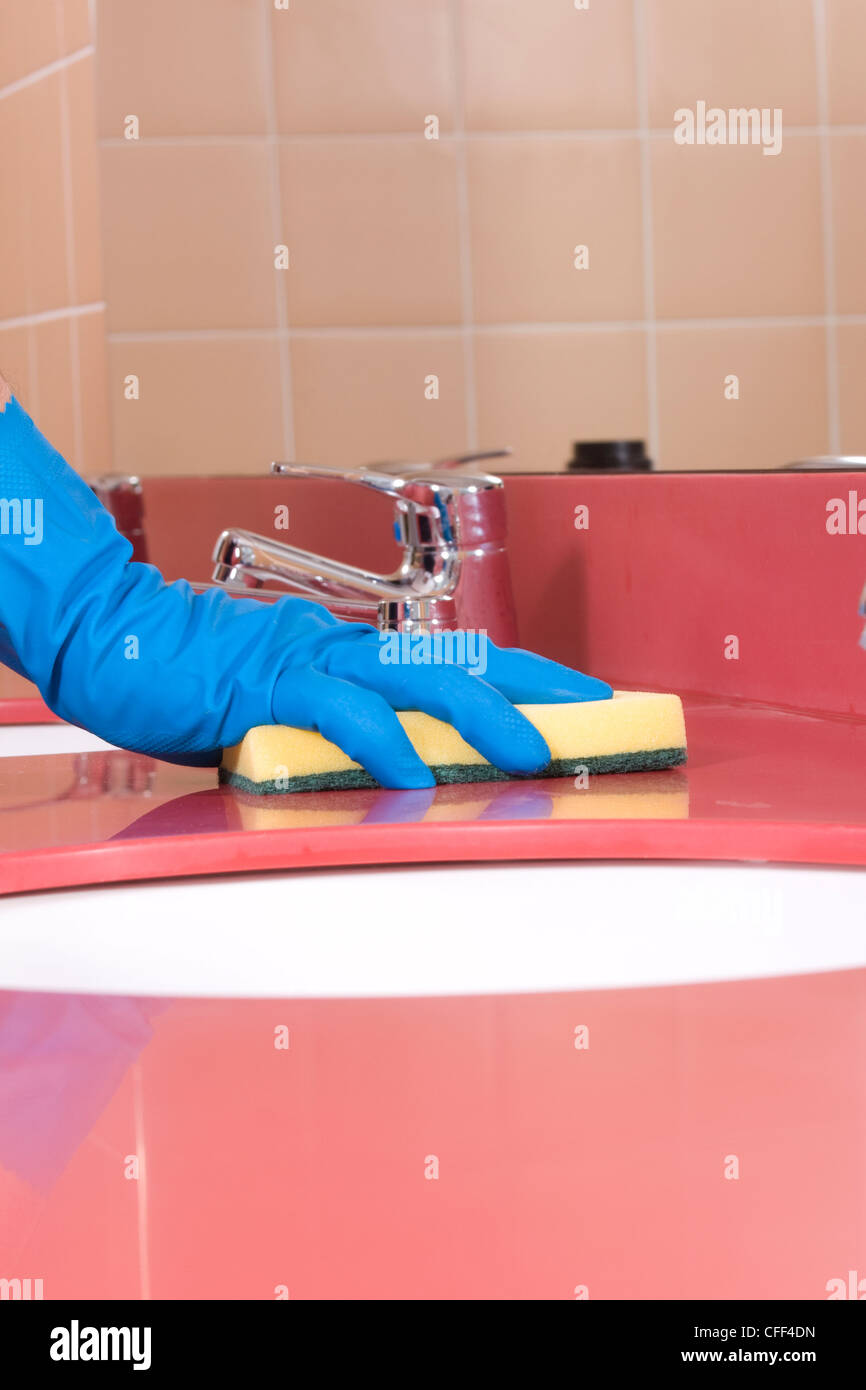



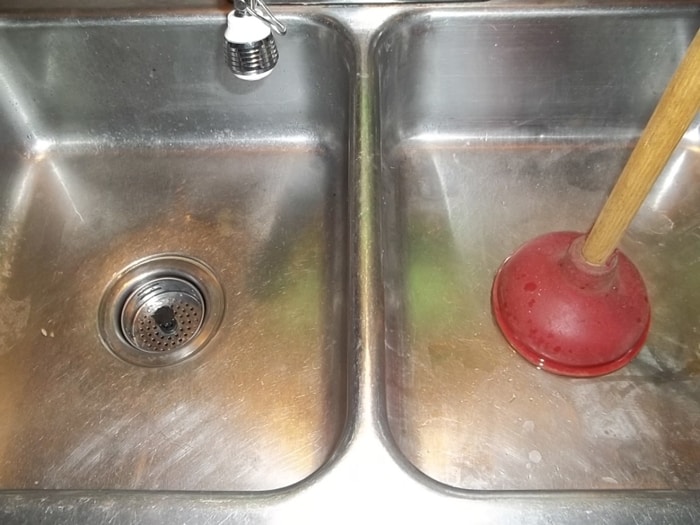


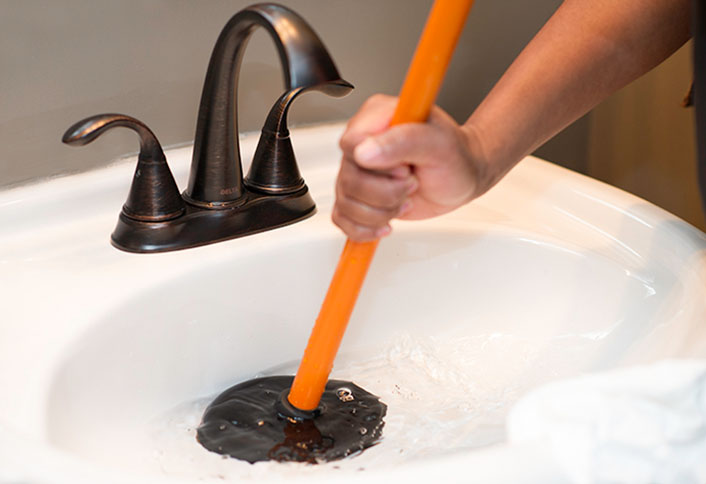



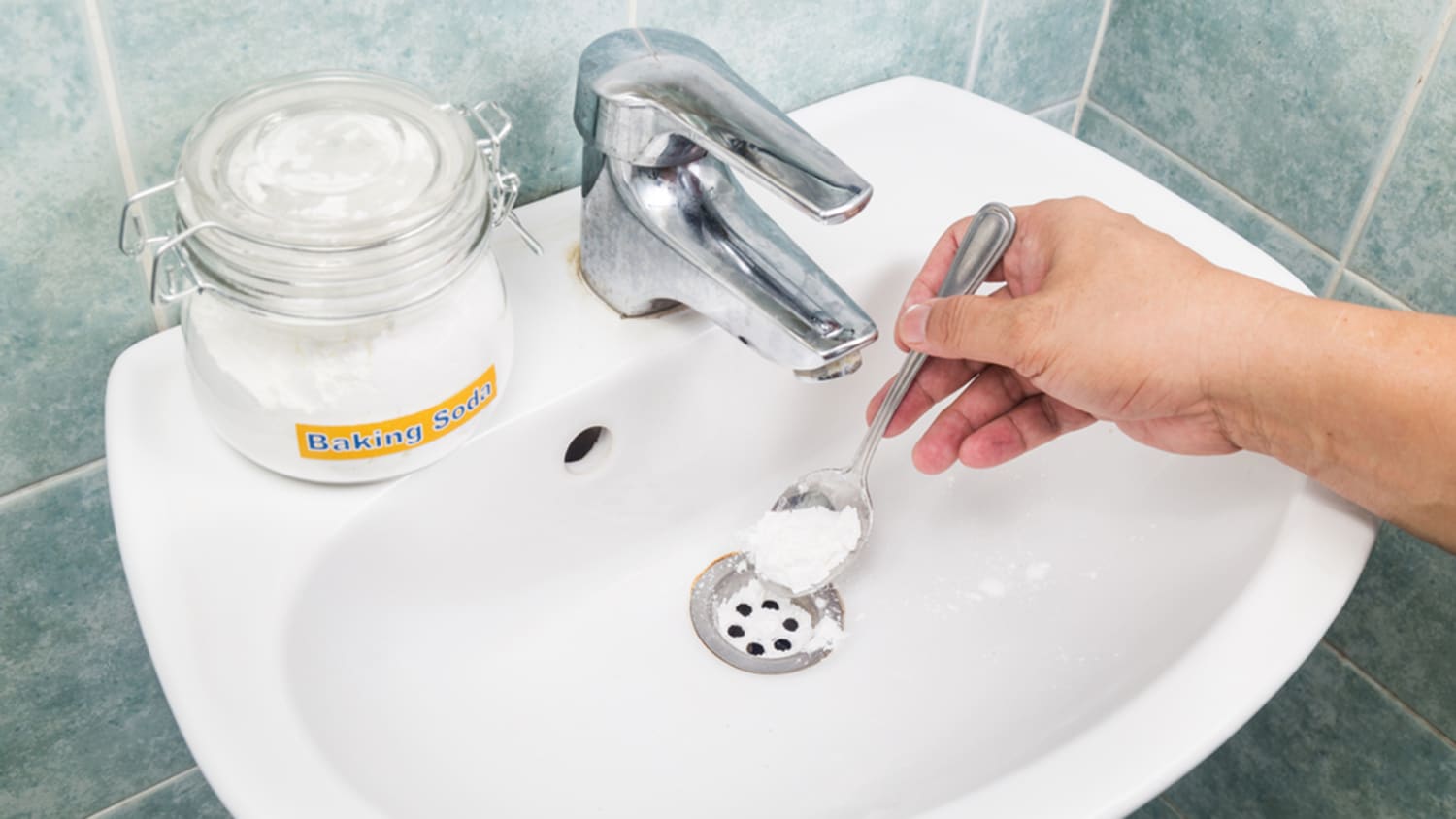





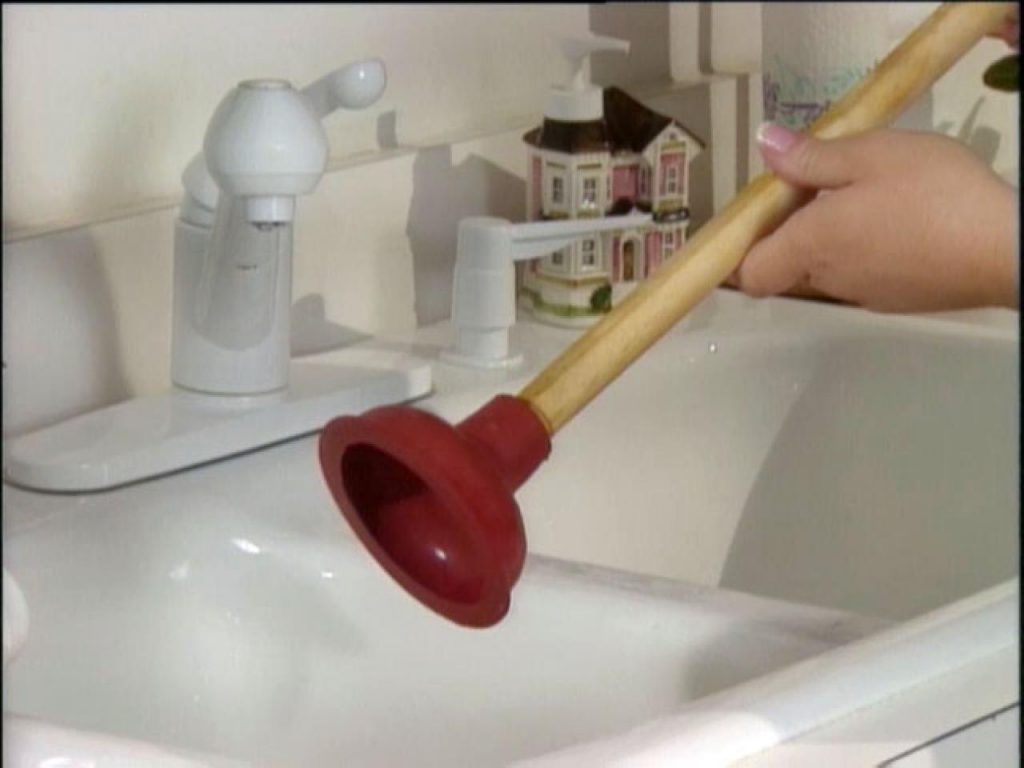



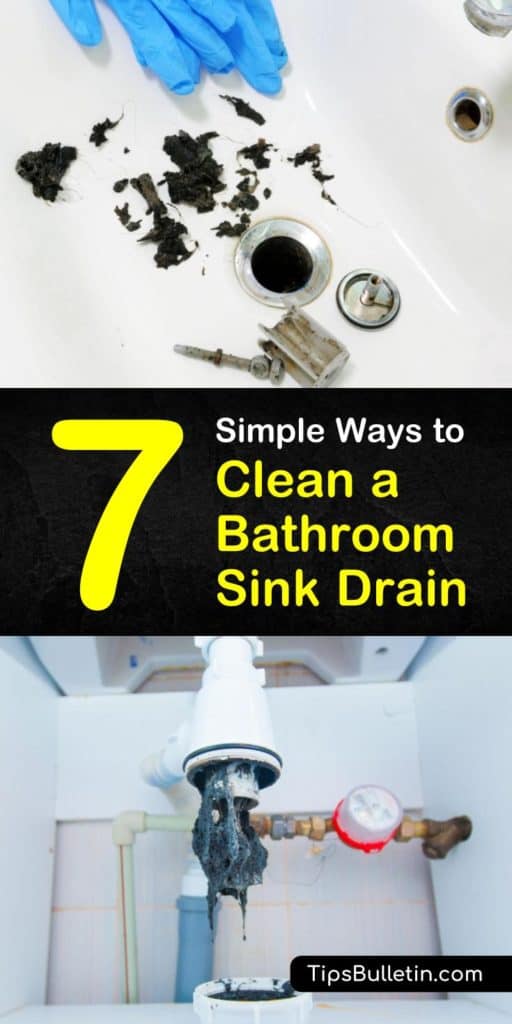


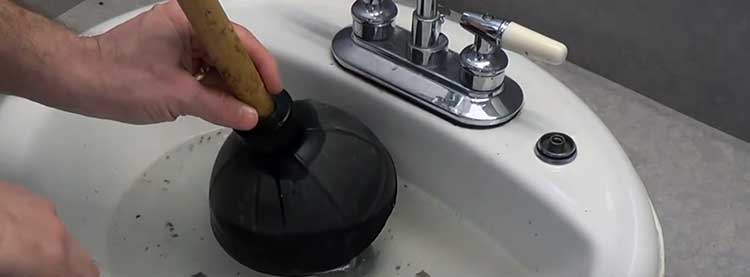










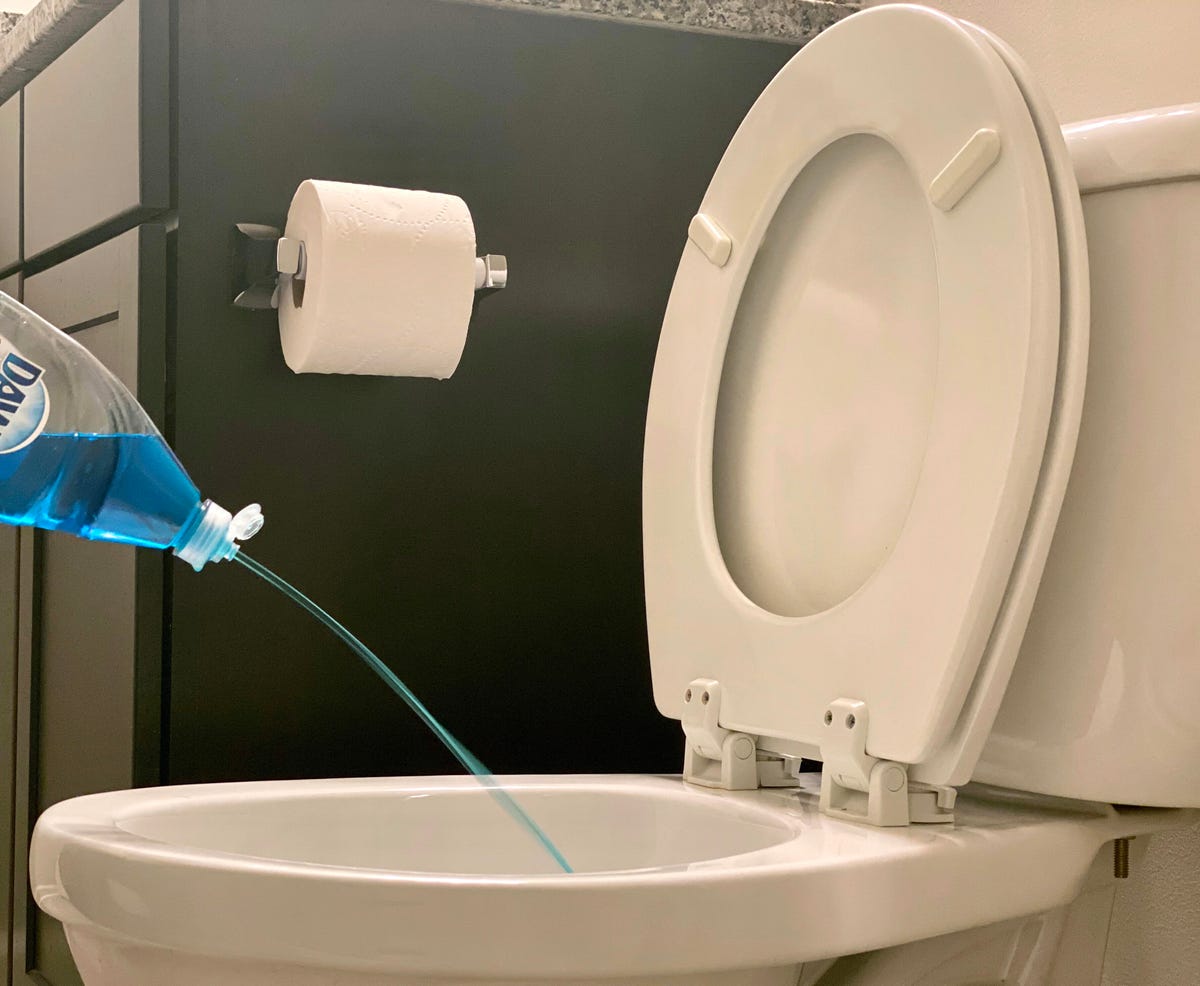


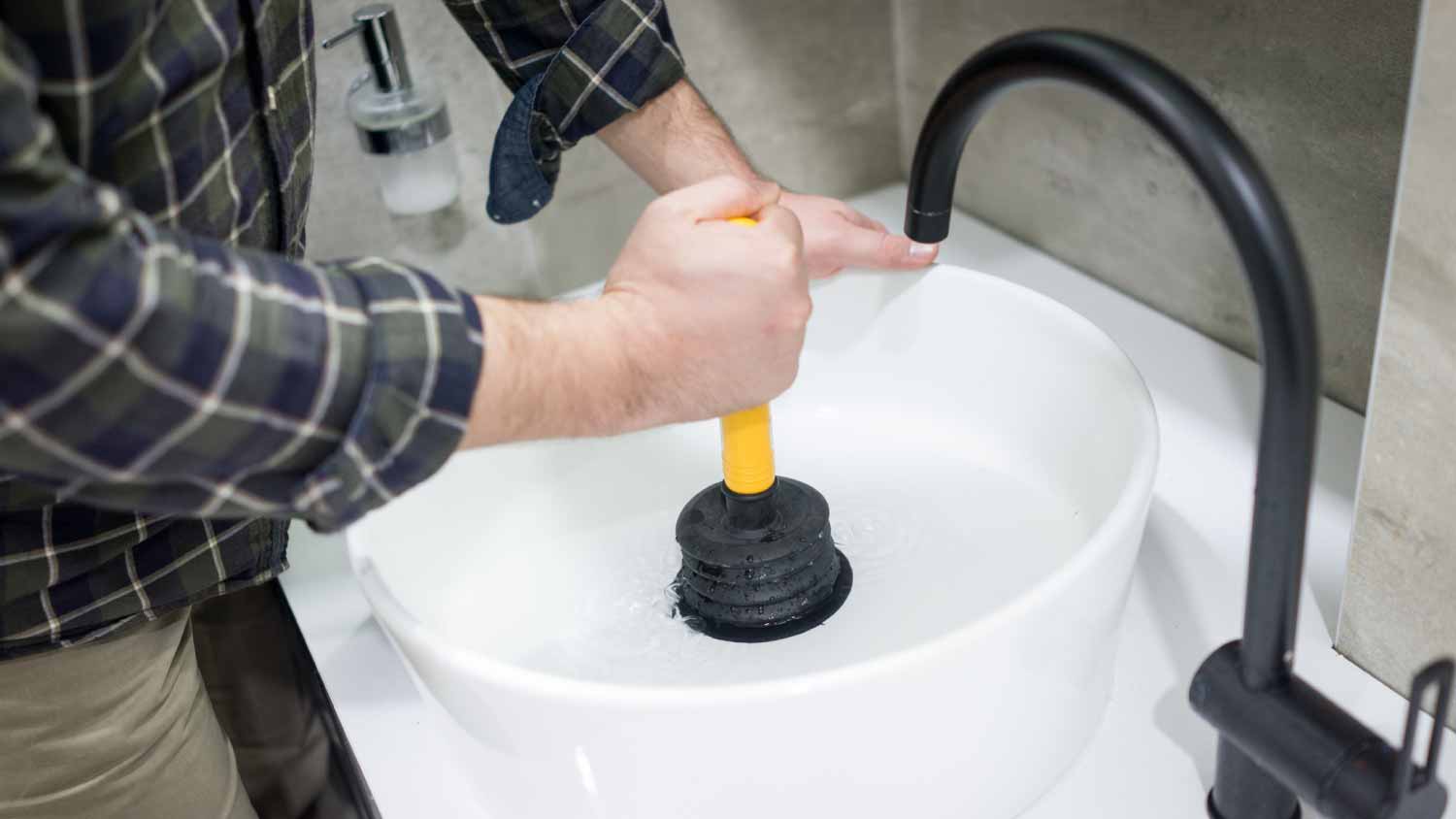

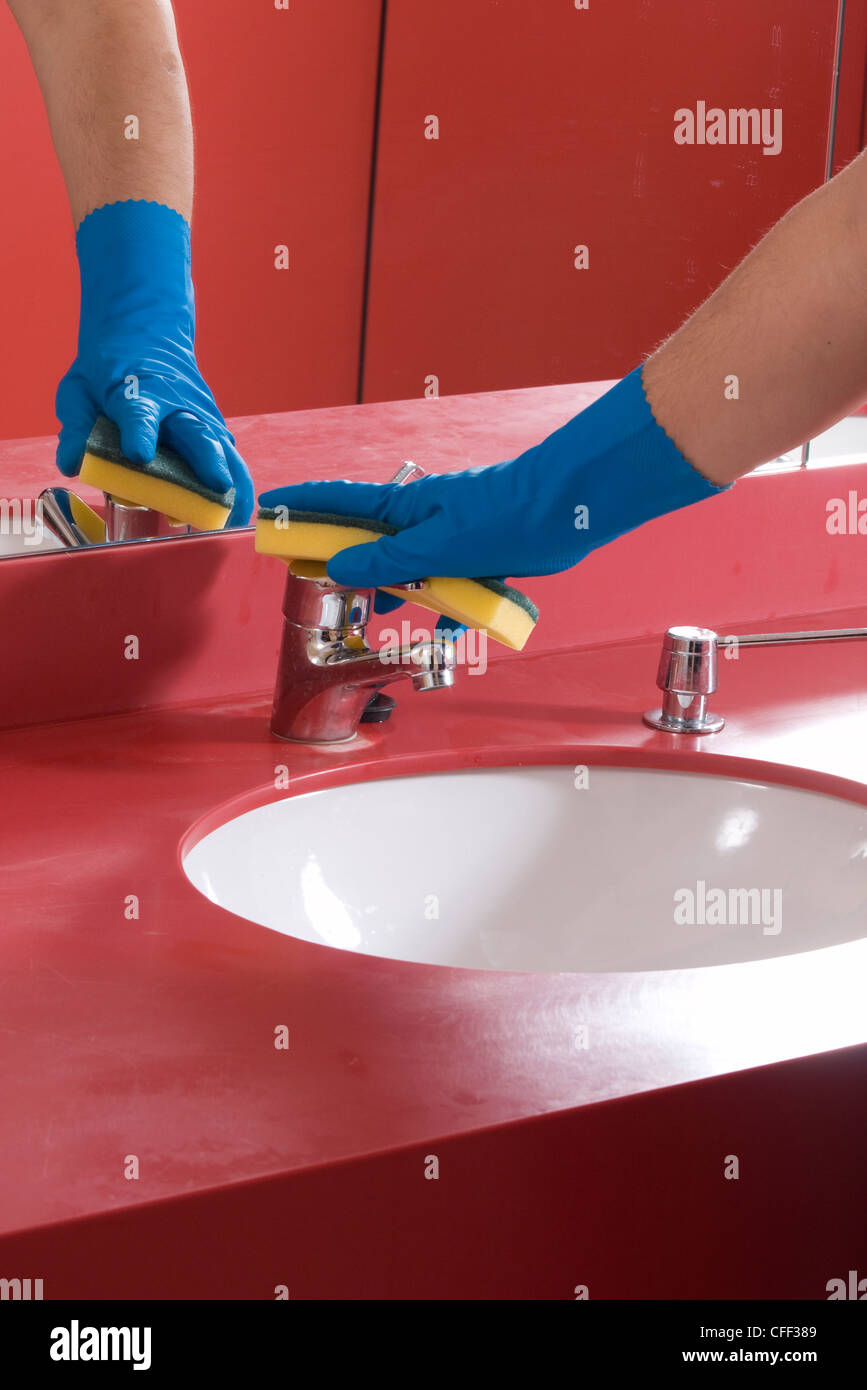

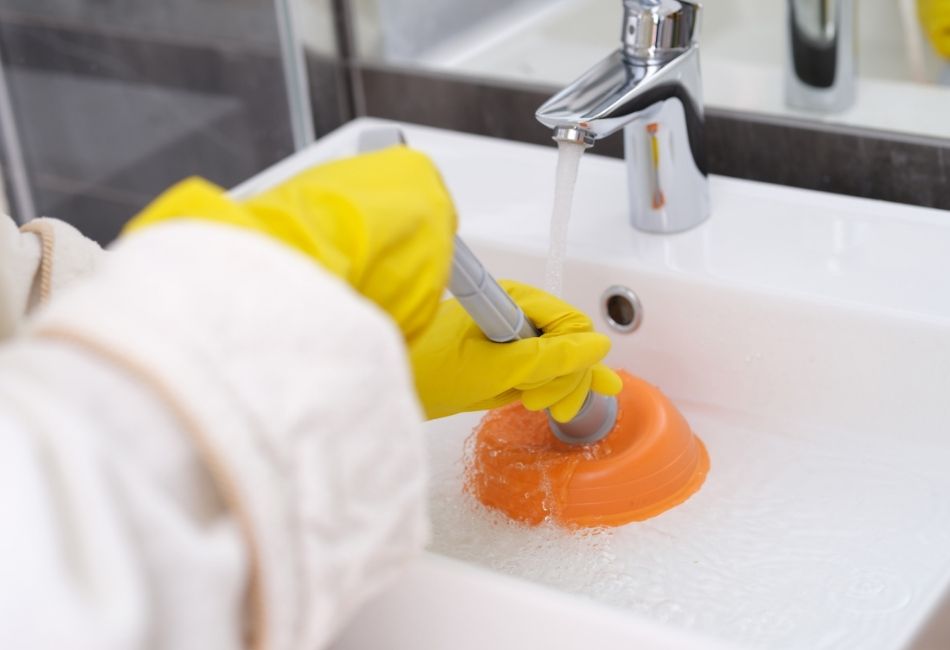
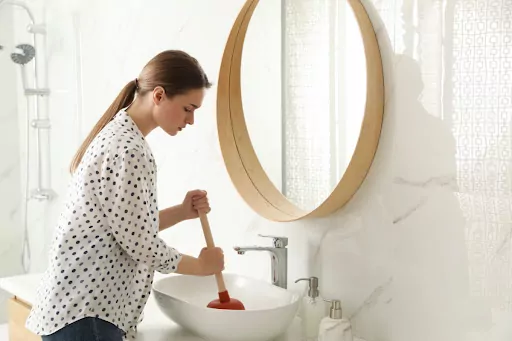
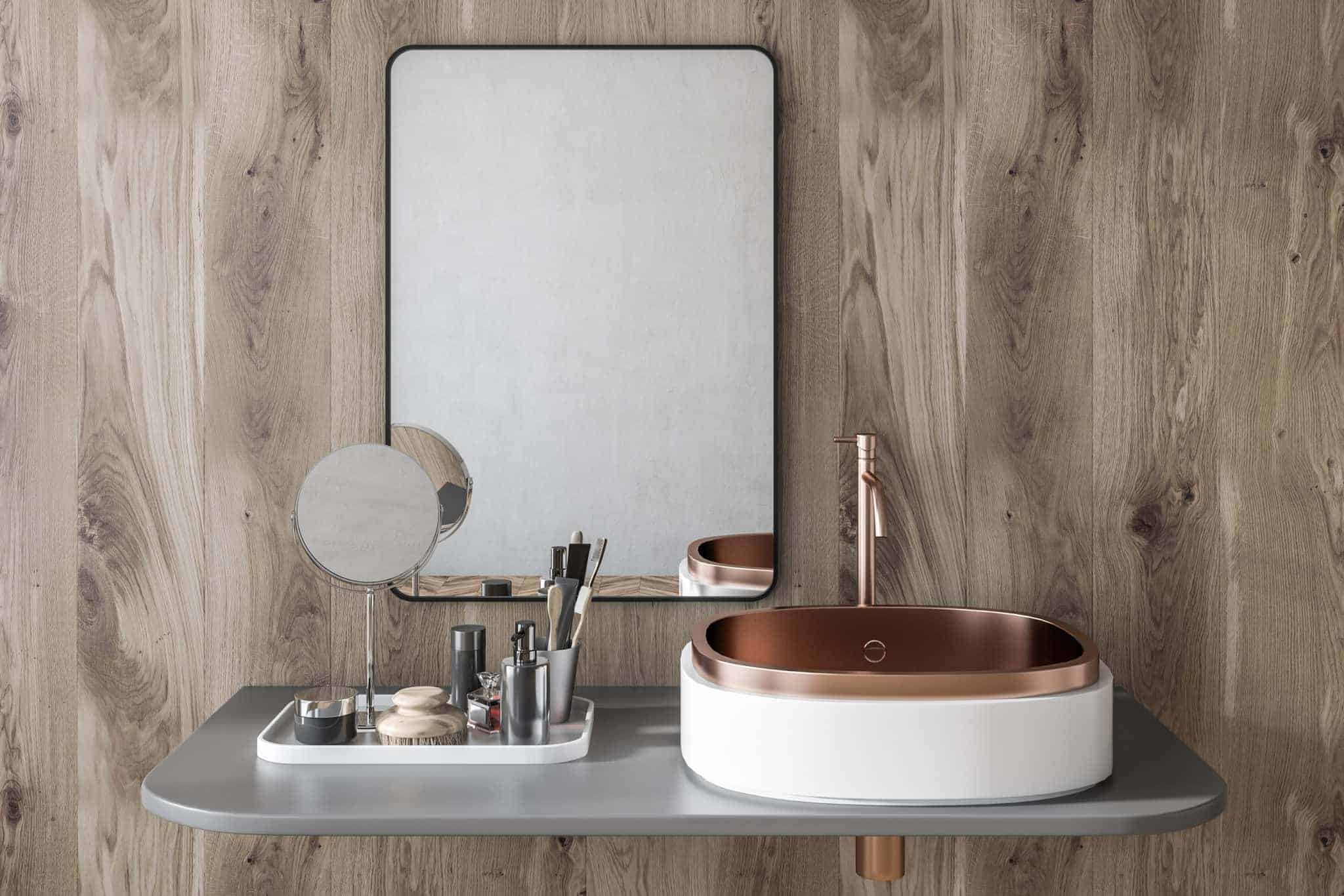





:max_bytes(150000):strip_icc()/what-is-under-the-bathroom-sink-3973574-03-c2c800c743054899aca9bdcc0535db34.jpg)

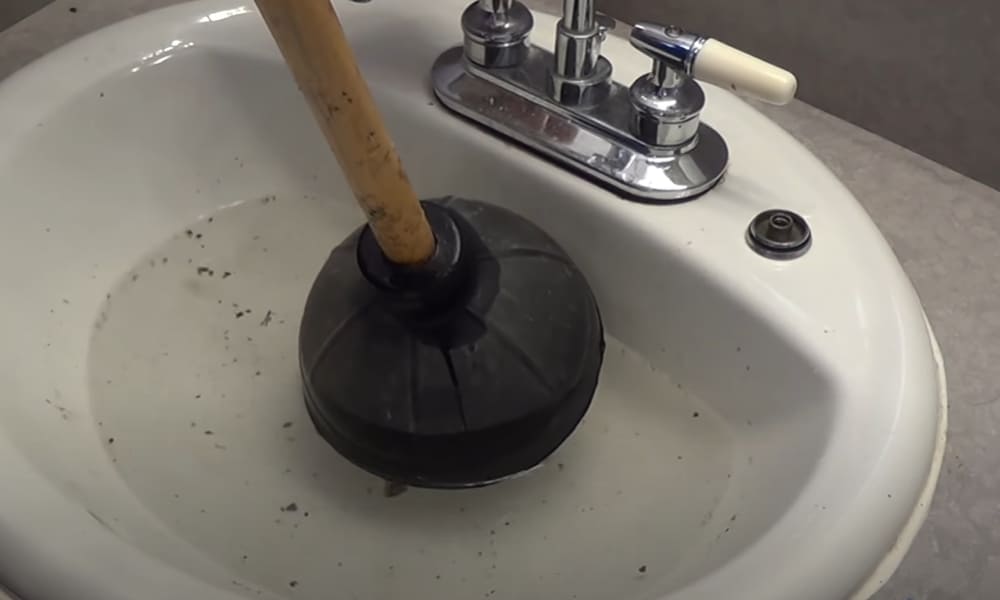






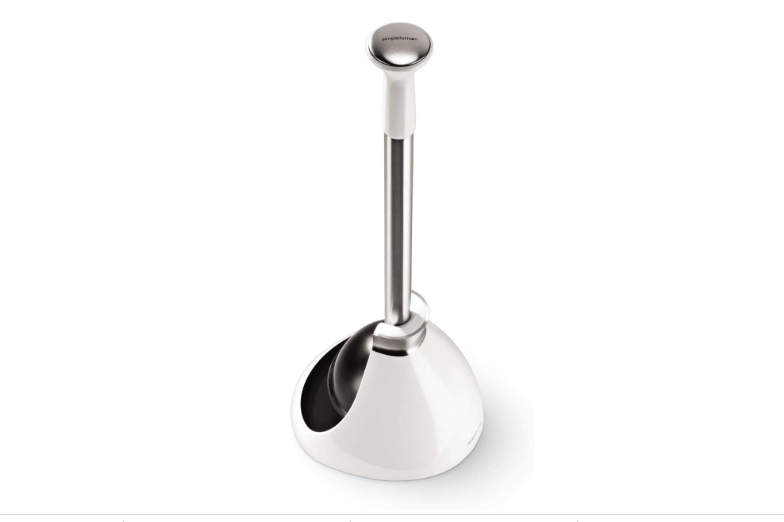







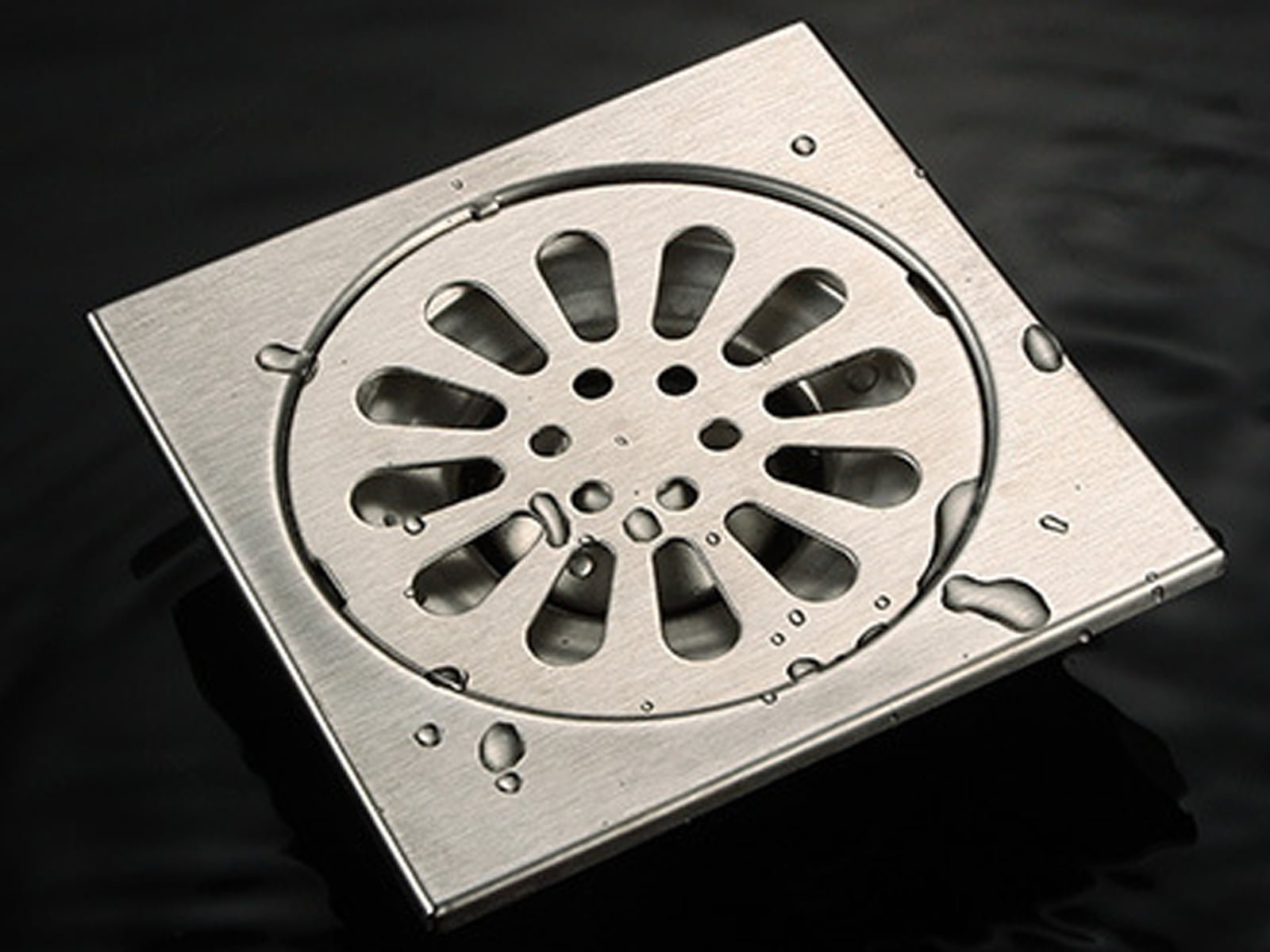
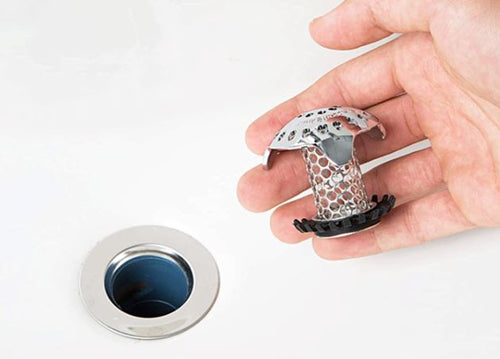
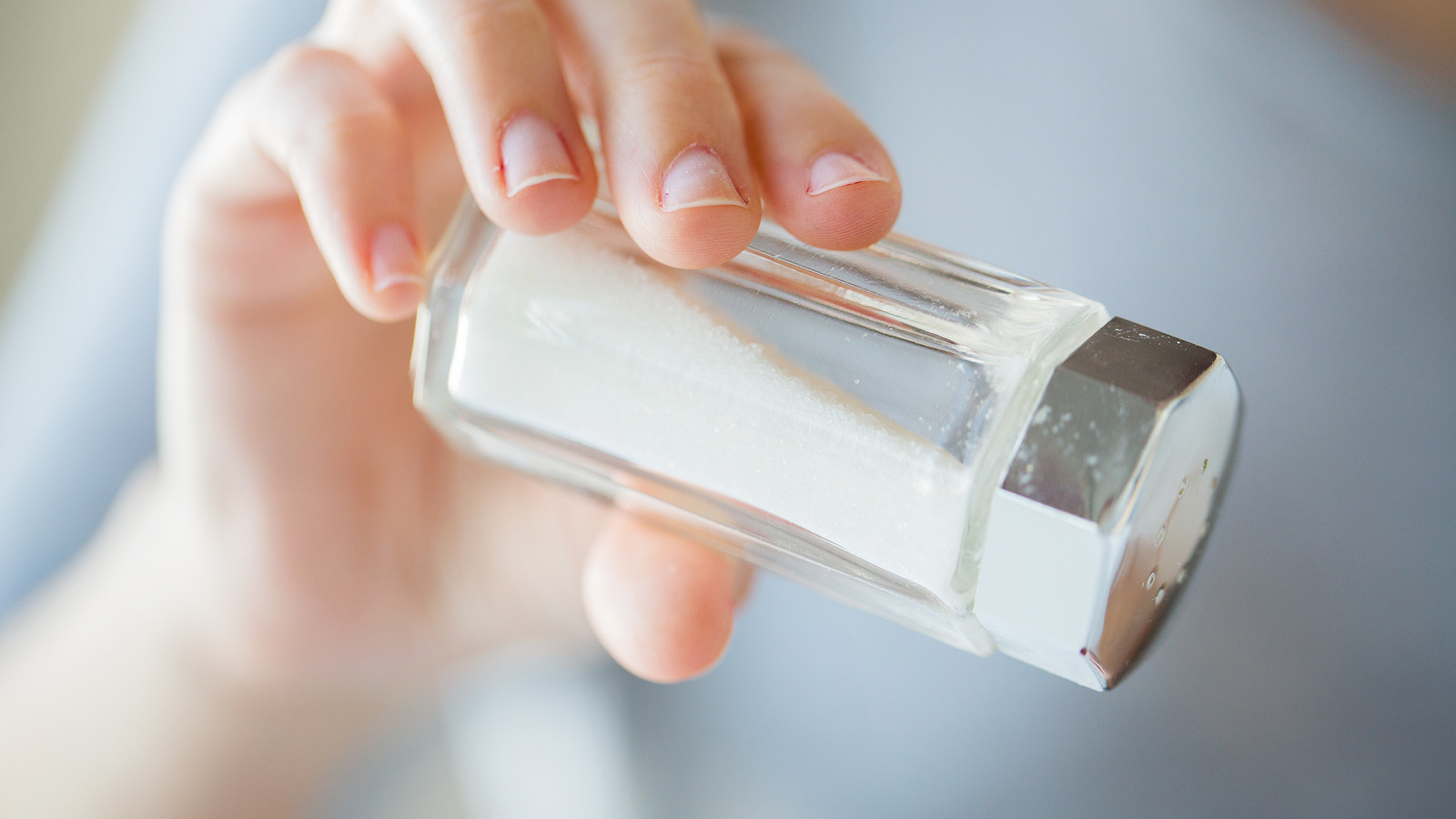


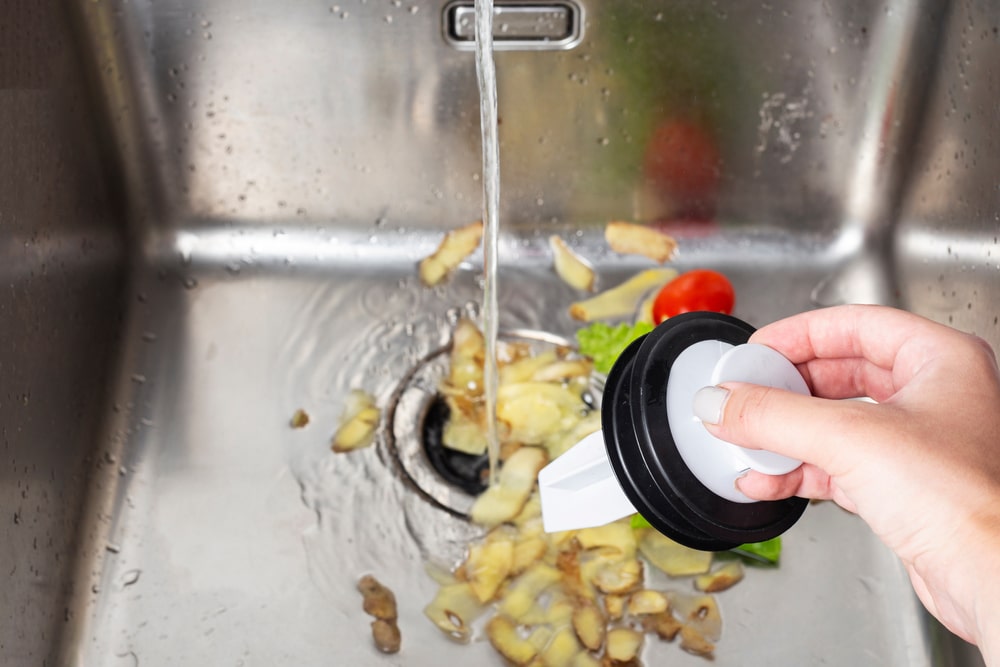




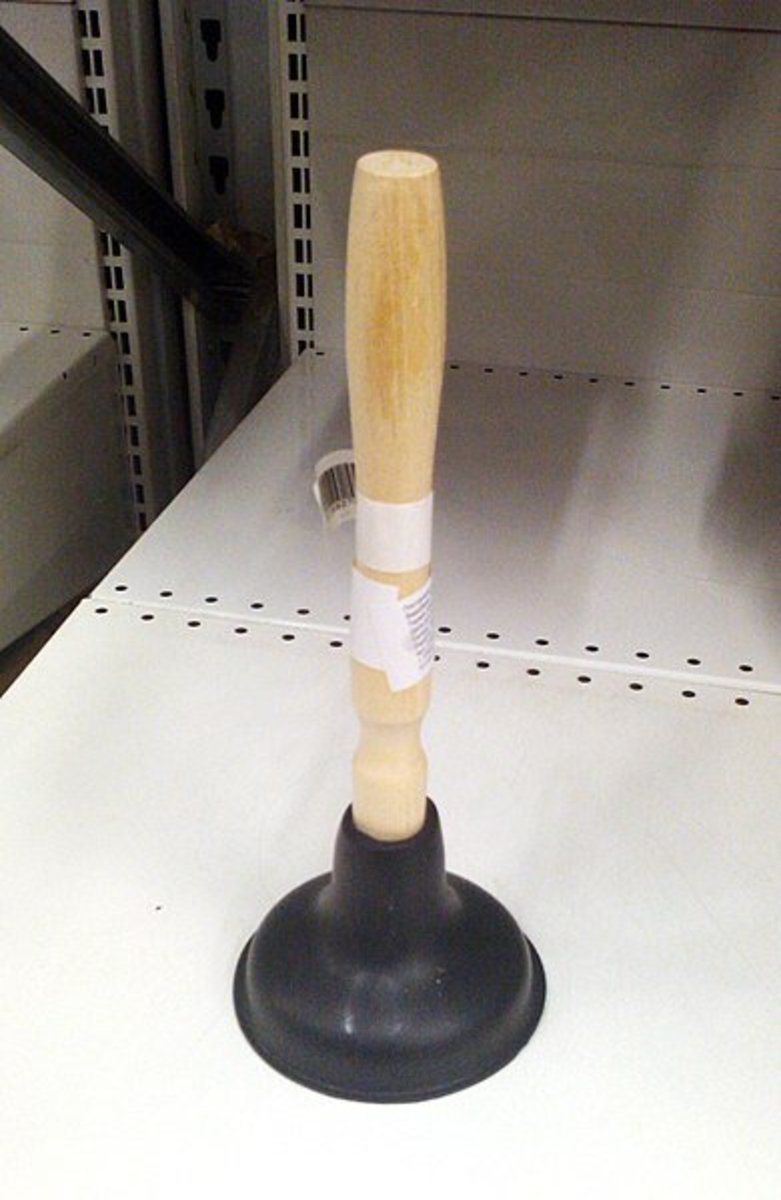
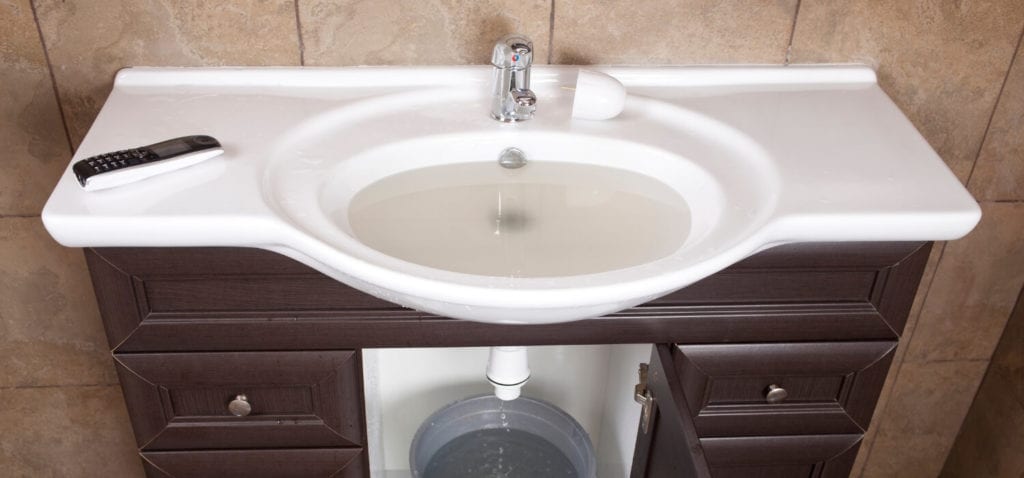

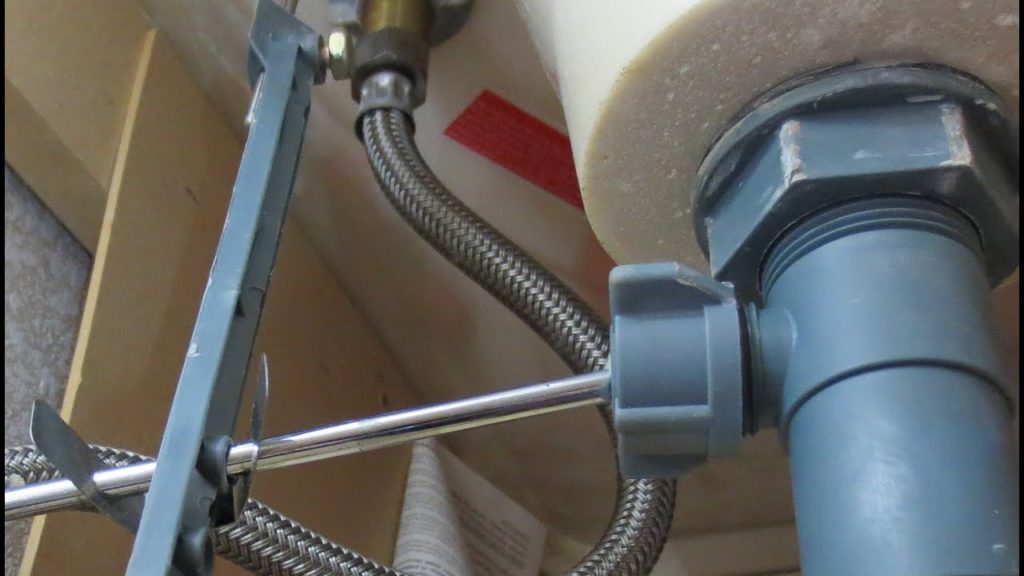
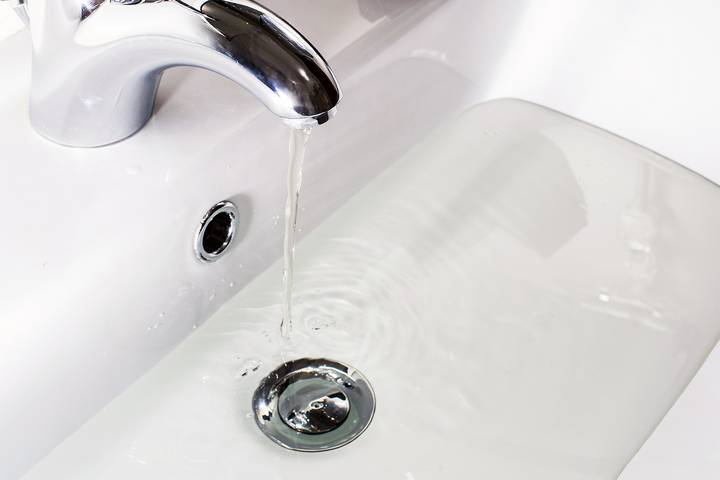
:max_bytes(150000):strip_icc()/woman-wearing-yellow-washing-up-gloves-to-unblock-sink-using-plunger-close-up-131987463-5887cfc03df78c2ccd92ec9e.jpg)
